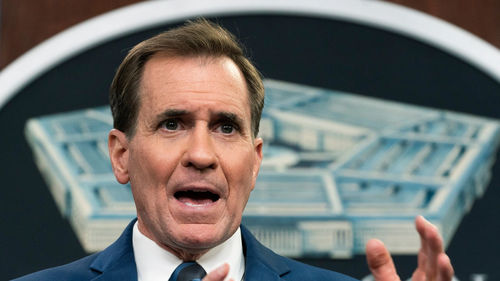The FBI’s Gestapo Tactics: Hallmarks Of An Authoritarian Regime
Authored by John & Nisha Whitehead via The Rutherford Institute,
“We want no Gestapo or Secret Police. FBI is tending in that direction.”
– Harry Truman
With every passing day, the United States government borrows yet another leaf from Nazi Germany’s playbook: Secret police. Secret courts. Secret government agencies. Surveillance. Censorship. Intimidation. Harassment. Torture. Brutality. Widespread corruption. Entrapment. Indoctrination. Indefinite detention.
These are not tactics used by constitutional republics, where the rule of law and the rights of the citizenry reign supreme. Rather, they are the hallmarks of authoritarian regimes, where secret police control the populace through intimidation, fear and official lawlessness on the part of government agents.
That authoritarian danger is now posed by the FBI, whose love affair with totalitarianism began long ago. Indeed, according to the New York Times, the U.S. government so admired the Nazi regime that following the second World War, it secretly and aggressively recruited at least a thousand Nazis, including some of Hitler’s highest henchmen as part of Operation Paperclip. American taxpayers have been paying to keep these ex-Nazis on the U.S. government’s payroll ever since.
If the government’s covert, taxpayer-funded employment of Nazis after World War II weren’t bad enough, U.S. government agencies—the FBI, CIA and the military—adopted many of the Third Reich’s well-honed policing tactics, and have used them against American citizens.
Indeed, the FBI’s laundry list of crimes against the American people includes surveillance, disinformation, blackmail, entrapment, intimidation tactics, harassment and indoctrination, governmental overreach, abuse, misconduct, trespassing, enabling criminal activity, and damaging private property, and that’s just based on what we know.
Compare the FBI’s far-reaching powers to surveil, detain, interrogate, investigate, prosecute, punish, police and generally act as a law unto themselves—powers that have grown since 9/11, transforming the FBI into a mammoth federal policing and surveillance agency that largely operates as a power unto itself, beyond the reach of established laws, court rulings and legislative mandates—to its Nazi counterparts, the Gestapo—and then try to convince yourself that the United States is not a totalitarian police state.
Just like the Gestapo, the FBI has vast resources, vast investigatory powers, and vast discretion to determine who is an enemy of the state.
Today, the FBI employs more than 35,000 individuals and operates more than 56 field offices in major cities across the U.S., as well as 400 resident agencies in smaller towns, and more than 50 international offices. In addition to their “data campus,” which houses more than 96 million sets of fingerprints from across the United States and elsewhere, the FBI has also built a vast repository of “profiles of tens of thousands of Americans and legal residents who are not accused of any crime. What they have done is appear to be acting suspiciously to a town sheriff, a traffic cop or even a neighbor.” The FBI’s burgeoning databases on Americans are not only being added to and used by local police agencies, but are also being made available to employers for real-time background checks.
All of this is made possible by the agency’s nearly unlimited resources (President Biden’s budget projections allocate $10.8 billion for the FBI), the government’s vast arsenal of technology, the interconnectedness of government intelligence agencies, and information sharing through fusion centers—data collecting intelligence agencies spread throughout the country that constantly monitor communications (including those of American citizens), everything from internet activity and web searches to text messages, phone calls and emails.
Much like the Gestapo spied on mail and phone calls, FBI agents have carte blanche access to the citizenry’s most personal information.
Working through the U.S. Post Office, the FBI has access to every piece of mail that passes through the postal system: more than 160 billion pieces are scanned and recorded annually. Moreover, the agency’s National Security Letters, one of the many illicit powers authorized by the USA Patriot Act, allows the FBI to secretly demand that banks, phone companies, and other businesses provide them with customer information and not disclose those demands to the customer. An internal audit of the agency found that the FBI practice of issuing tens of thousands of NSLs every year for sensitive information such as phone and financial records, often in non-emergency cases, is riddled with widespread constitutional violations.
Much like the Gestapo’s sophisticated surveillance programs, the FBI’s spying capabilities can delve into Americans’ most intimate details (and allow local police to do so, as well).
In addition to technology (which is shared with police agencies) that allows them to listen in on phone calls, read emails and text messages, and monitor web activities, the FBI’s surveillance boasts an invasive collection of spy tools ranging from Stingray devices that can track the location of cell phones to Triggerfish devices which allow agents to eavesdrop on phone calls. In one case, the FBI actually managed to remotely reprogram a “suspect’s” wireless internet card so that it would send “real-time cell-site location data to Verizon, which forwarded the data to the FBI.” Law enforcement agencies are also using social media tracking software to monitor Facebook, Twitter and Instagram posts. Moreover, secret FBI rules also allow agents to spy on journalists without significant judicial oversight.
Much like the Gestapo’s ability to profile based on race and religion, and its assumption of guilt by association, the FBI’s approach to pre-crime allows it to profile Americans based on a broad range of characteristics including race and religion.
The agency’s biometric database has grown to massive proportions, the largest in the world, encompassing everything from fingerprints, palm, face and iris scans to DNA, and is being increasingly shared between federal, state and local law enforcement agencies in an effort to target potential criminals long before they ever commit a crime. This is what’s known as pre-crime. Yet it’s not just your actions that will get you in trouble. In many cases, it’s also who you know—even minimally—and where your sympathies lie that could land you on a government watch list. Moreover, as the Intercept reports, despite anti-profiling prohibitions, the bureau “claims considerable latitude to use race, ethnicity, nationality, and religion in deciding which people and communities to investigate.”
Much like the Gestapo’s power to render anyone an enemy of the state, the FBI has the power to label anyone a domestic terrorist.
As part of the government’s so-called ongoing war on terror, the nation’s de facto secret police force has begun using the terms “anti-government,” “extremist” and “terrorist” interchangeably. Moreover, the government continues to add to its growing list of characteristics that can be used to identify an individual (especially anyone who disagrees with the government) as a potential domestic terrorist. For instance, you might be a domestic terrorist in the eyes of the FBI (and its network of snitches) if you:
-
express libertarian philosophies (statements, bumper stickers)
-
exhibit Second Amendment-oriented views (NRA or gun club membership)
-
read survivalist literature, including apocalyptic fictional books
-
show signs of self-sufficiency (stockpiling food, ammo, hand tools, medical supplies)
-
fear an economic collapse
-
buy gold and barter items
-
subscribe to religious views concerning the book of Revelation
-
voice fears about Big Brother or big government
-
expound about constitutional rights and civil liberties
-
believe in a New World Order conspiracy
Much like the Gestapo infiltrated communities in order to spy on the German citizenry, the FBI routinely infiltrates political and religious groups, as well as businesses.
As Cora Currier writes for the Intercept: “Using loopholes it has kept secret for years, the FBI can in certain circumstances bypass its own rules in order to send undercover agents or informants into political and religious organizations, as well as schools, clubs, and businesses…” The FBI has even been paying Geek Squad technicians at Best Buy to spy on customers’ computers without a warrant.
Just as the Gestapo united and militarized Germany’s police forces into a national police force, America’s police forces have largely been federalized and turned into a national police force.
In addition to government programs that provide the nation’s police forces with military equipment and training, the FBI also operates a National Academy that trains thousands of police chiefs every year and indoctrinates them into an agency mindset that advocates the use of surveillance technology and information sharing between local, state, federal, and international agencies.
Just as the Gestapo’s secret files on political leaders were used to intimidate and coerce, the FBI’s files on anyone suspected of “anti-government” sentiment have been similarly abused.
As countless documents make clear, the FBI has no qualms about using its extensive powers in order to blackmail politicians, spy on celebrities and high-ranking government officials, and intimidate and attempt to discredit dissidents of all stripes. For example, not only did the FBI follow Martin Luther King Jr. and bug his phones and hotel rooms, but agents also sent him anonymous letters urging him to commit suicide and pressured a Massachusetts college into dropping King as its commencement speaker.
Just as the Gestapo carried out entrapment operations, the FBI has become a master in the art of entrapment.
In the wake of the 9/11 terrorist attacks the FBI has not only targeted vulnerable individuals but has also lured or blackmailed them into fake terror plots while actually equipping them with the organization, money, weapons and motivation to carry out the plots—entrapment—and then jailing or deporting them for their so-called terrorist plotting.
This is what the FBI characterizes as “forward leaning—preventative—prosecutions.” In addition to creating certain crimes in order to then “solve” them, the FBI also gives certain informants permission to break the law, “including everything from buying and selling illegal drugs to bribing government officials and plotting robberies,” in exchange for their cooperation on other fronts.
USA Today estimates that FBI agents have authorized criminals to engage in as many as 15 crimes a day. Some of these informants are getting paid astronomical sums: one particularly unsavory fellow, later arrested for attempting to run over a police officer, was actually paid $85,000 for his help laying the trap for an entrapment scheme.
When and if a true history of the FBI is ever written, it will not only track the rise of the American police state but it will also chart the decline of freedom in America, in much the same way that the empowerment of Germany’s secret police tracked with the rise of the Nazi regime.
How did the Gestapo become the terror of the Third Reich?
It did so by creating a sophisticated surveillance and law enforcement system that relied for its success on the cooperation of the military, the police, the intelligence community, neighborhood watchdogs, government workers for the post office and railroads, ordinary civil servants, and a nation of snitches inclined to report “rumors, deviant behavior, or even just loose talk.”
In other words, ordinary citizens working with government agents helped create the monster that became Nazi Germany. Writing for the New York Times, Barry Ewen paints a particularly chilling portrait of how an entire nation becomes complicit in its own downfall by looking the other way:
In what may be his most provocative statement, [author Eric A.] Johnson says that ‘‘most Germans may not even have realized until very late in the war, if ever, that they were living in a vile dictatorship.’’ This is not to say that they were unaware of the Holocaust; Johnson demonstrates that millions of Germans must have known at least some of the truth. But, he concludes, ‘‘a tacit Faustian bargain was struck between the regime and the citizenry.’’ The government looked the other way when petty crimes were being committed. Ordinary Germans looked the other way when Jews were being rounded up and murdered; they abetted one of the greatest crimes of the 20th century not through active collaboration but through passivity, denial and indifference.
Much like the German people, “we the people” have become passive, polarized, gullible, easily manipulated, and lacking in critical thinking skills. Distracted by entertainment spectacles, politics and screen devices, we too are complicit, silent partners in creating a police state similar to the terror practiced by former regimes.
Had the government tried to ram such a state of affairs down our throats suddenly, it might have had a rebellion on its hands. Instead, the American people have been given the boiling frog treatment, immersed in water that slowly is heated up—degree by degree—so that they’ve fail to notice that they’re being trapped and cooked and killed.
“We the people” are in hot water now.
The Constitution doesn’t stand a chance against a federalized, globalized standing army of government henchmen protected by legislative, judicial and executive branches that are all on the same side, no matter what political views they subscribe to: suffice it to say, they are not on our side or the side of freedom.
From Presidents Clinton to Bush, then Obama to Trump and now Biden, it’s as if we’ve been caught in a time loop, forced to re-live the same thing over and over again: the same assaults on our freedoms, the same disregard for the rule of law, the same subservience to the Deep State, and the same corrupt, self-serving government that exists only to amass power, enrich its shareholders and ensure its continued domination.
Can the Fourth Reich happen here?
As I point out in my book Battlefield America: The War on the American People and in its fictional counterpart The Erik Blair Diaries, it’s already happening right under our noses.
Tyler Durden
Wed, 08/24/2022 – 21:40
via ZeroHedge News https://ift.tt/Ichwolk Tyler Durden
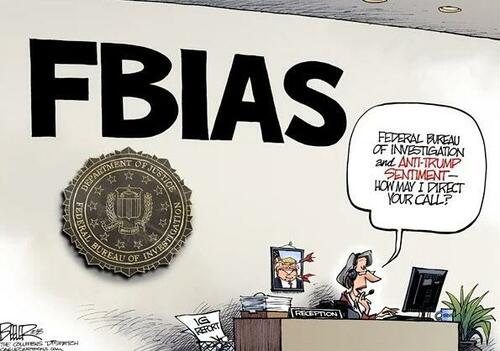
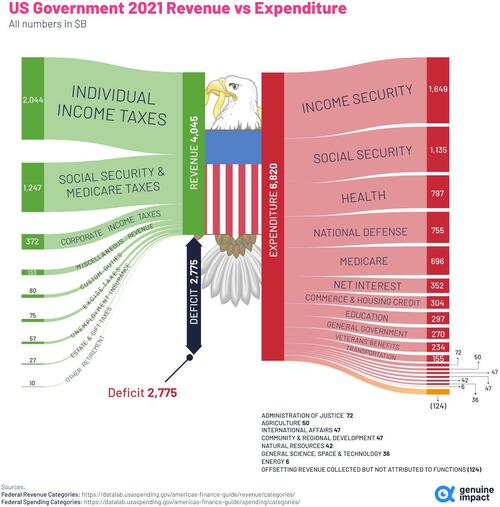

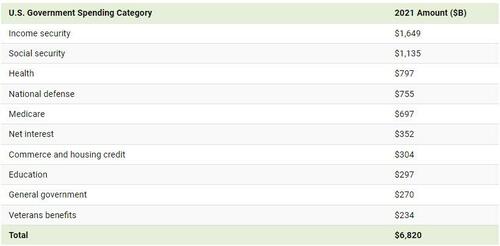
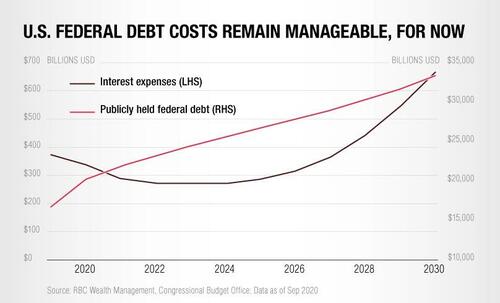

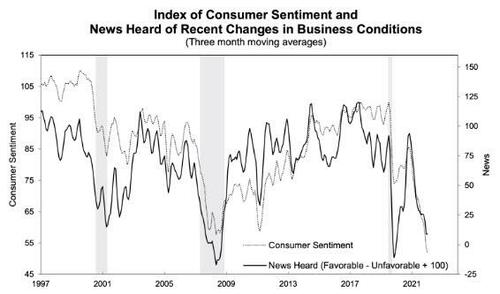
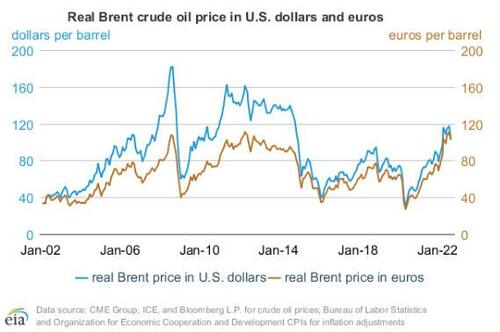
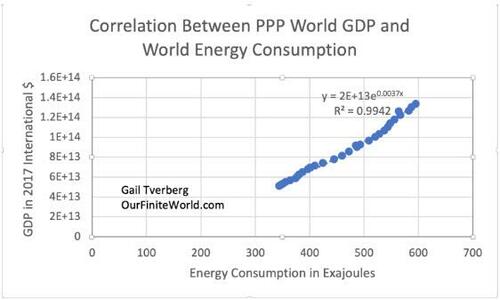
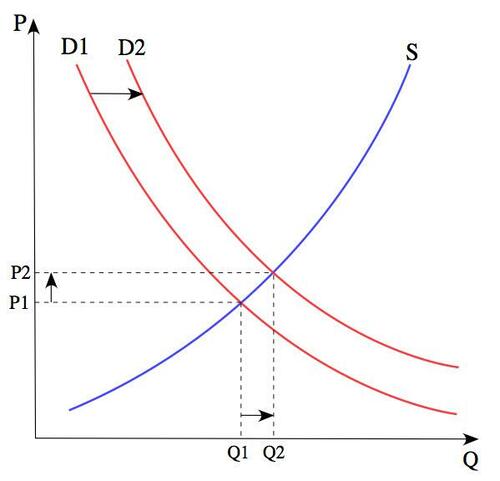
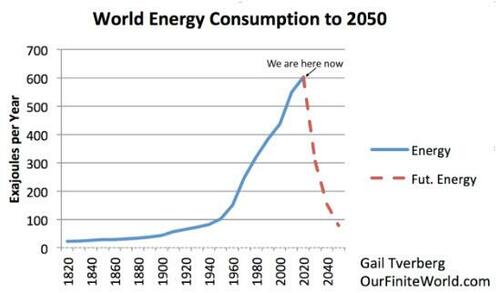

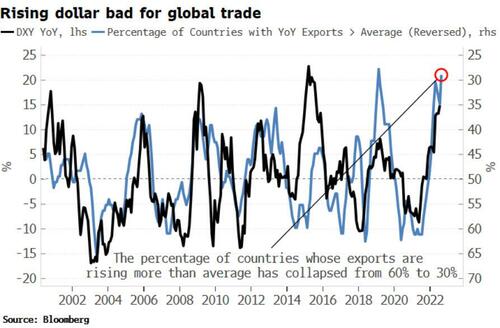
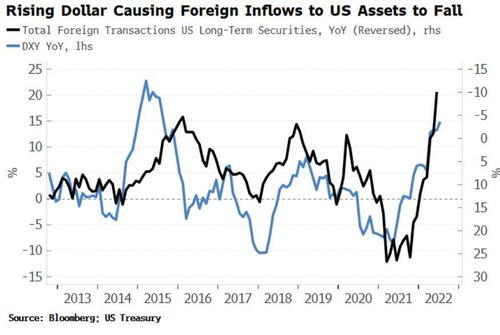
 DC for clothing because it “has been widely used, over a long period of time and by a large number of merchandisers as an expression of enthusiasm, affection or affiliation with respect to the city of Washington, D.C.” and thus would not be perceived as a source-indicator); In re Volvo Cars of N. Am., Inc., 46 USPQ2d at 1460-61 (affirming refusal to register DRIVE SAFELY for automobiles because it would be perceived as an everyday, commonplace safety admonition).
DC for clothing because it “has been widely used, over a long period of time and by a large number of merchandisers as an expression of enthusiasm, affection or affiliation with respect to the city of Washington, D.C.” and thus would not be perceived as a source-indicator); In re Volvo Cars of N. Am., Inc., 46 USPQ2d at 1460-61 (affirming refusal to register DRIVE SAFELY for automobiles because it would be perceived as an everyday, commonplace safety admonition).